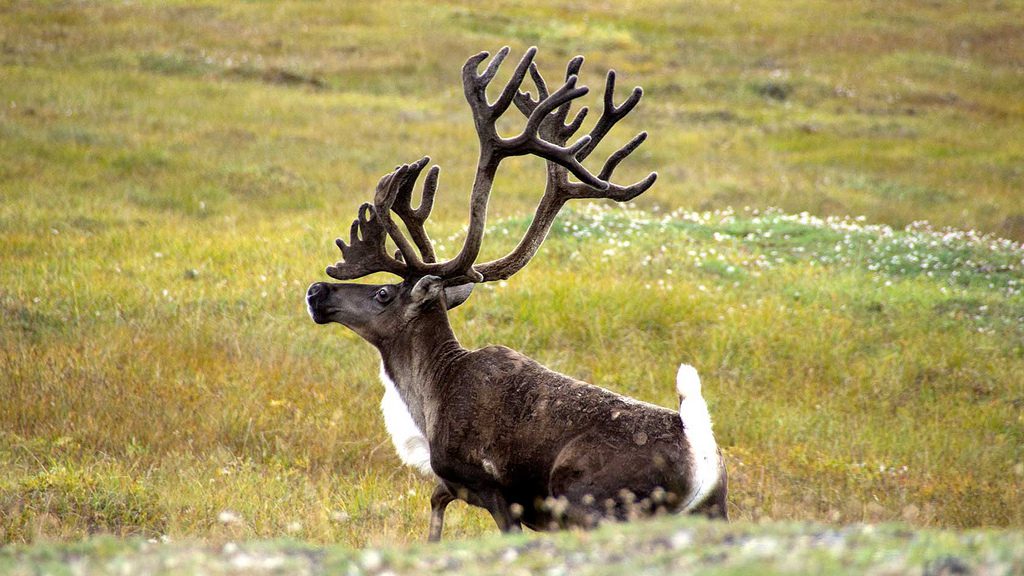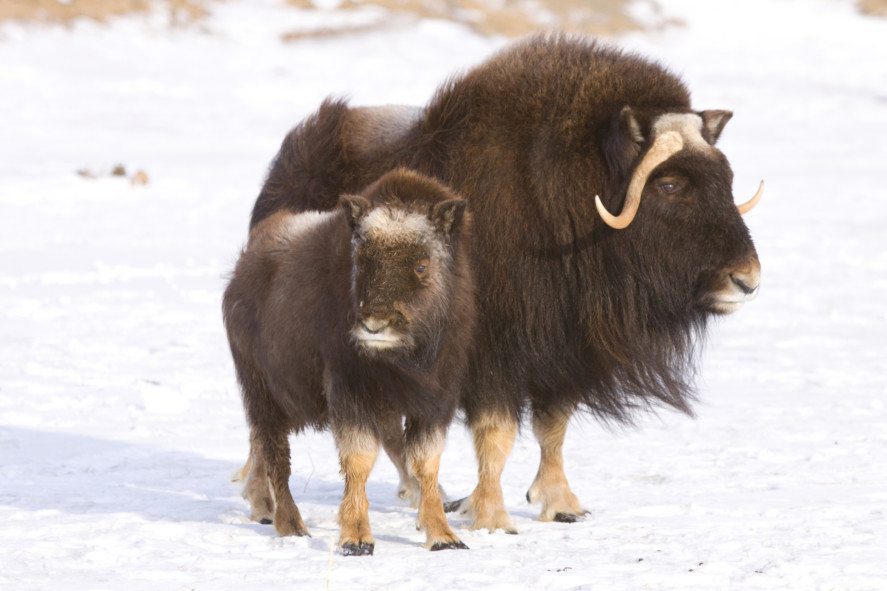The Arctic National Wildlife Refuge is America’s largest national wildlife refuge and Alaska at its wildest, rawest, most remote and adventurous. Better known to most by its acronym ANWR (pronounced ann-wahr), the refuge is more than 19 million acres of largely untarnished and incredibly diverse land in the northeast corner of Alaska’s Arctic. The Arctic National Wildlife Refuge features miles of North Slope Arctic Ocean coastline, a border shared with Canada and a magical mix of wildlife, mountains, tundra and flats, rivers and streams, plants, trees and boreal forest.

On average, fewer than 2,000 travelers visit ANWR annually. The bold few who do can experience some of Alaska’s best and most exciting backpacking, hiking, rafting and kayaking. They also have the extraordinary opportunity to explore some of the world’s most unique ecosystems and view a who’s who of Arctic animals – mind-blowing massive herds of caribou, polar bears and grizzly bears, wolves and wolverines, Dall sheep, muskox, eagles and falcons, dozens of species of fish, and tens of thousands of migratory waterfowl and shorebirds like snow geese, sea ducks and swans. Aggressive mosquitoes are also prevalent.

The Arctic National Wildlife Refuge is so remote, most visitors book special flights to get there and hire guides to help them safely navigate the area during their stay. That said, some daring folks hike in from the Dalton Highway while a few even access it by boat. No matter how you get there, don’t expect any comforts of civilization here; the few signs of human life in ANWR are pretty much limited to the tiny Alaska Native communities of Kaktovik (known for polar bear viewing tours) and Arctic Village.
Predictably, ANWR is a place of weather extremes where it can literally snow any day of the year. Those considering a trip are strongly encouraged to plan thoroughly, pack wisely and be fit for endless physical and mental challenges.

No ANWR story is complete without this sidebar … For decades the refuge has been a hot national topic for two reasons: its fragile Alaska awesomeness and the estimated billions of barrels of oil that rests under it and off its northern shore. Years of political, legal and big business battles over potential oil exploration and production in even small portions of the refuge have established firm and polarizing lines: those passionate about protecting the area on one side and a pro-business/pro-drilling party on the other. As it has been for years, this chapter is to be continued.
